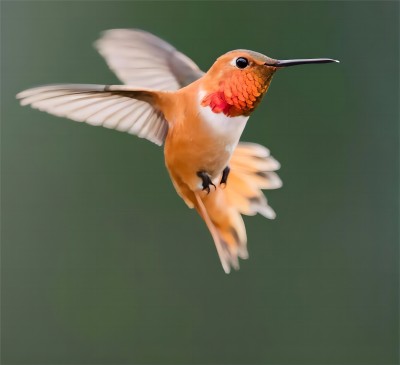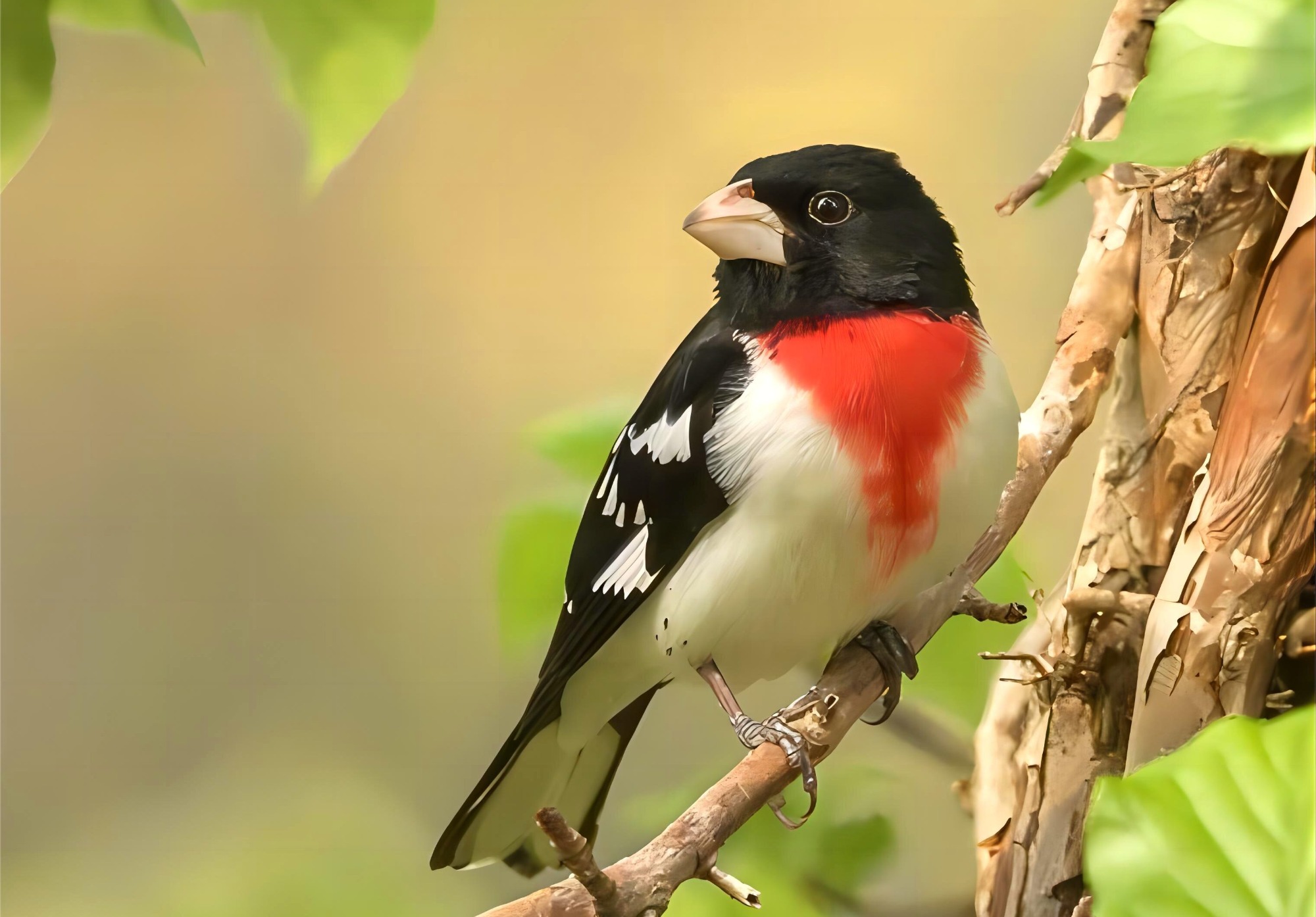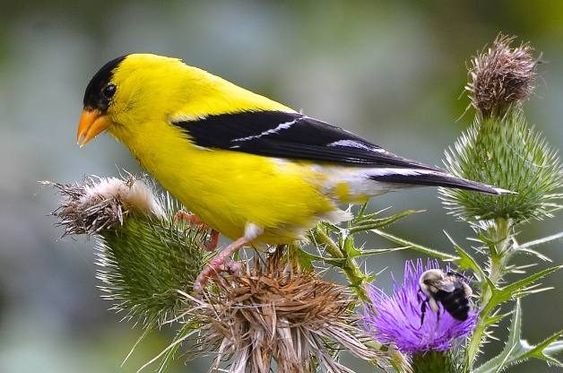The Chickadee is a small, charismatic bird known for its distinctive appearance, cheerful calls, and lively behavior. Belonging to the Paridae family, this avian species encompasses several subspecies, each with unique characteristics that contribute to its charm and adaptability.
Physical Characteristics:
- Size and Features: Chickadees are small birds with a round body, short wings, and a relatively long tail. They have a compact bill and a prominent head with a black cap and bib, contrasting with their white cheeks.
- Plumage: The plumage of Chickadees is typically a combination of gray, white, and black, with subtle variations among different subspecies.
- Distinctive Markings: Their namesake call, a cheerful "chick-a-dee-dee-dee," is not only distinctive but also serves as a means of communication within their social groups.
Habitat and Distribution:
- Preferred Habitats: Chickadees are adaptable birds found in a variety of habitats, including deciduous and coniferous forests, wooded areas, parks, and suburban gardens.
- Geographical Range: They are native to North America, with different species and subspecies distributed across various regions from Canada to Mexico.
Behavior and Diet:
- Foraging Habits: Chickadees are primarily insectivorous, feeding on insects, spiders, and their larvae. They also consume seeds, berries, and small fruits, especially during the winter months.
- Social Behavior: These birds are often seen in small flocks or pairs, displaying cooperative behaviors such as mobbing predators and communicating through a range of vocalizations.
- Caching Behavior: Chickadees are known for their habit of storing food in various locations for later consumption, a behavior known as caching.
Reproduction and Nesting:
- Breeding Season: Chickadees typically breed in the spring and summer months, with pairs forming strong bonds and engaging in courtship displays.
- Nesting Habits: Females construct cup-shaped nests made of moss, bark, and feathers in tree cavities, birdhouses, or other sheltered locations.
- Egg-laying: Female Chickadees lay a small clutch of eggs, and both parents participate in incubating the eggs and caring for the young hatchlings.
Conservation Status:
- Chickadees are considered common and widespread throughout their range, with stable populations and no significant conservation concerns. Their adaptability to various habitats and their close interactions with humans make them a beloved and familiar sight in many areas.
The Chickadee's endearing appearance, lively behavior, and melodious calls make it a cherished bird species among birdwatchers and nature enthusiasts. Their presence in diverse habitats and their engaging social interactions highlight the resilience and charm of these delightful avian companions in the natural world.


 Introduction to Hummingbirds
Introduction to Hummingbirds
 Rose-breasted Grosbeak
Rose-breasted Grosbeak
 Comprehensive Overview of Spinus tristis (American Goldfinch)
Comprehensive Overview of Spinus tristis (American Goldfinch)